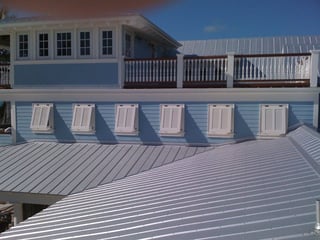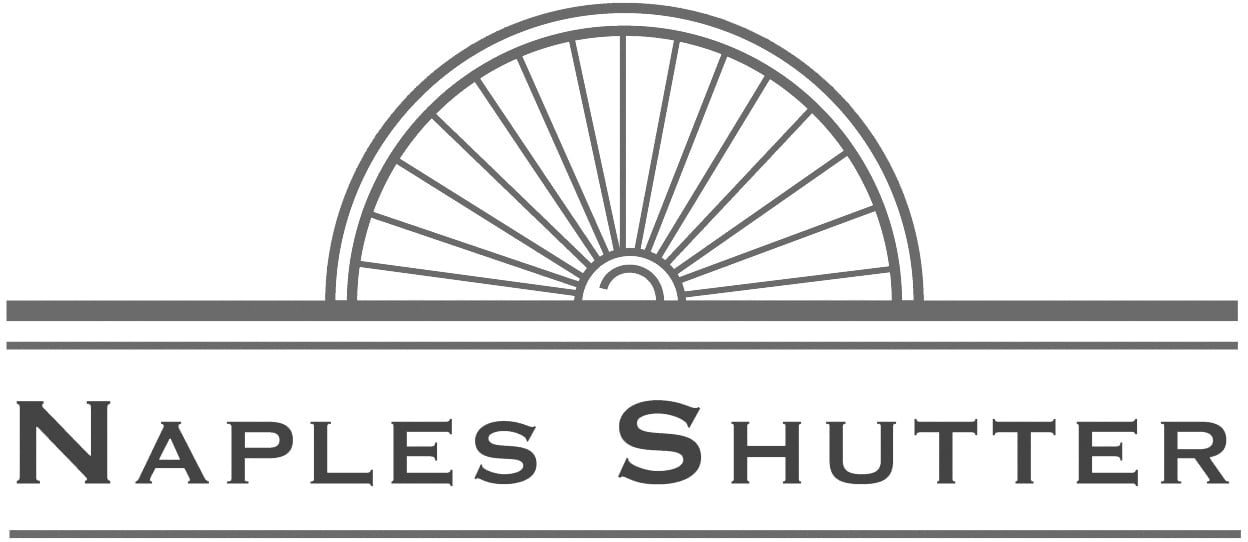Exterior shutters, such as Bahamas and Colonials are extremely popular in Southwest Florida. If you’ve ever stopped to admire these shutters, you’ll notice that they come in a variety of different colors. Some homeowners choose a color to match their home, while others choose to stand out with a bright color, like blue, green or purple. No matter which color you choose, the same process is taken to achieve this look. The process is called “powder coating” and we’ve got all the details about it.
What is Powder Coating?
 Powder coating is applied as a dry powder. It doesn’t contain a solvent like its liquid paint counterpart, and cures under heat to form a hard coating that is much tougher than traditional paint. Powder coating is used on many things you probably didn’t even think about, such as:
Powder coating is applied as a dry powder. It doesn’t contain a solvent like its liquid paint counterpart, and cures under heat to form a hard coating that is much tougher than traditional paint. Powder coating is used on many things you probably didn’t even think about, such as:
- Appliances
- Automobile parts
- Bicycle parts
- Drum kit hardware
Powder coating is used mostly on metals and is popular due to the fact that since it doesn’t have a liquid carrier, it tends not to run, like traditional paint. Relatively easy to apply, powder coating forms a smooth, texture-free coating and is perfect for exterior window treatments.
The Powder Coating Process
Are you ready for your Science lesson?
There are three steps of the powder coating process:
- Pre-treatment
- Powder application
- Curing
First, any excess dirt or grease is removed from the work piece chemically or mechanically. Then, the powder coating is applied electrostatically with an electrostatic gun. The dry paint is sprayed onto the work piece and then is accelerated toward the piece by a powerful electrostatic charge. Through the curing process, the ionic bond of the paint to the metal creates that tough coating that you see on those beautiful exterior shutters, household appliances and more.
Types of Powder Coating
Two types of powder coating exist. These are:
- Thermosets
- Thermoplastics
Thermosetting uses what’s called a “cross-linker” in its formation and once the powder is baked, it reacts with the other chemical groups present in the powder to polymerize, thus improving the performance properties of the paint. Thermoplastics is simpler and doesn’t go through any extra steps during the baking process. The paint just flows to form the final coating.
Benefits of Powder Coating
Powder coating doesn’t emit any volatile organic compounds (VOCs), which is great for the environment. Many other traditional paint products contain VOCs and are becoming less and less popular among painters due to the harmful gases being released into the air.
Another great thing about powder coating is that it forms a thicker coating without running, unlike its liquid paint counterparts. You can also achieve more specialty effects with powder coating that you couldn’t achieve with liquid paint.
Your Guide to Powder Coating
Now that you know the process of what goes into powder coating, think about it the next time you stop to admire those colorful exterior shutters. There’s a lot of chemistry that goes into making them look vibrant and tough enough to withstand the elements. We hope you learned a little about a popular process that we use on our exterior shutters here at Naples Shutter. Feel free to pass this knowledge along!





